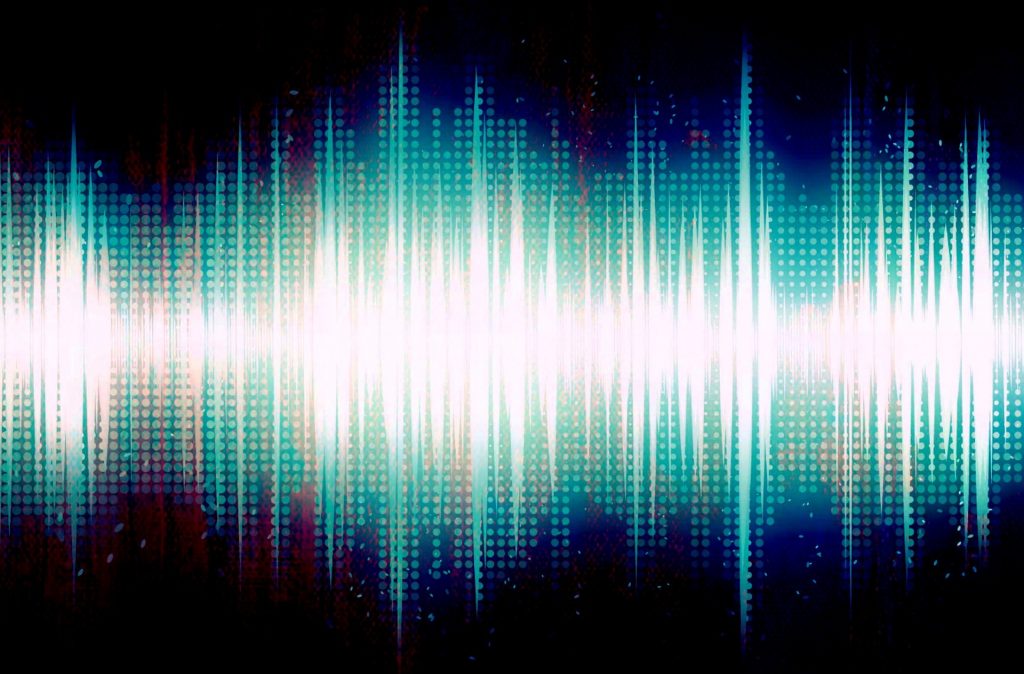What is Dithering & When to Use It: The Ultimate Guide

*This article may contain links to affiliate products & services. We have reviewed these services to try and ensure the highest quality recommendations*
Being a musician isn’t just about having natural musical and performance talent. If you record any of your own music, you need to have a basic understanding of sound recording and production. In this post, I am going to focus on dithering because it may be one of those terms with which you may not be familiar. So, what is audio dithering? Most simply, it is adding noise to a sound so that when you decrease resolution. There are 2 types of dithering: the triangular or rectangular dither. This article will help you understand the dithering audio export for any digital audio workspace, including FL Studio.
What Is Dithering?
First, we are going to dive a bit deeper into what dithering is. Dithering is adding low level noise to music in order to reduce errors as you change depth of the sound waves. This may sound counterintuitive, but the sound that it adds is a random variation to the sound and will not decrease the recording quality.
The option of dithering is there to preserve the high-resolution of the recording’s sonic attributes as the file is converted to a lower resolution. By adding an element of randomness, it can mask any distortions caused as a result of this resolution drop. It can also extend the dynamic range at lower resolutions.
When Should You Dither?
When should you dither? One of the biggest reasons that you would use dithering is to reduce the effects of errors. Lowering the resolution of a track can cause of problems and create digital errors on the track or acoustic errors like distortion.
Your digital audio workstation calculates the plugins, bussers, and fades at a higher resolution than the audio files. This means as you export your track, you are introducing error unless you are exporting at that higher resolution. If you leave these errors in the track, it can lead to unpleasant distortion that will ruin your track.
Dithering also helps you to visualize any error. There is a lot of detail that gets lost when you lower the resolution, but dithering allows you to eliminate errors and maintain those details.
A Few More Notes...
There are some things that you should know about this process. The most important thing is that you really need to avoid changing the file types unless it is absolutely necessary. If you made the track at 24-bit, stay there unless you are required to down sample the track.
You should only use dithering once when you export the song. You don’t always have to dither, which is why knowing when and why it is done is important.
One last note, this process can be impacted by the software that you use, so be sure to use the best dithering plugin for what you are trying to accomplish.
Wrapping Up
Using dithering correctly will have a huge impact on your final product. Every sound engineer strives for excellence and perfection, but also knows that people will likely be listening to their music in the form of low resolution files. This means that as a DIY sound engineer and producer, you need to make sure it sounds good in all formats just as the professionals do.
Dithering may sound like a complicated concept, but it is such a crucial one to know how to use effectively. It may take some time to figure out this process, so be patient. It will be well worth it when you master dithering.
When your song is ready to go, it's time to start promoting it to potential fans! Omari has the best organic promotion services money can buy. With packages for Spotify, TikTok, Instagram, and YouTube, we will get your music the traffic and attention it deserves! Click below for more information.
SPEAK YOUR MIND
How This INDIE Artist Got Over 67,598,275 Streams On ONE Song
Join the No-Nonsense Music Marketing Newsletter to get the most valuable weekly case studies and strategies to grow your music business!




